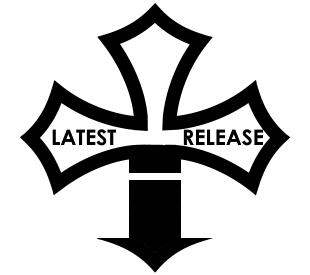The CATHARE code has been developed by the French Alternative Energies and Atomic Energy Commission (CEA) in cooperation with EDF, FRAMATOME and IRSN since 1979. In the course of these years, research and industry collaborations have enabled the CATHARE team to always propose innovative and rigorous solutions to its partners. With this experience and extensive validation basis, the CATHARE code is known as the French reference thermal-hydraulic system code used for nuclear safety analysis. Their high academic investment and regular participation in international conferences enjoy a high reputation in France and international scientific networks.
The modularity of the code component library and the generic equation set based on the 6-equation/2-phase flow model enable it to simulate various thermal-hydraulic transients. Now combined with the REFPROP library, more than 150 fluids are available in the latest version of the code. That is why the scope of CATHARE extends to non-nuclear systems in various fields such as space, energy conversion, storage, etc.

